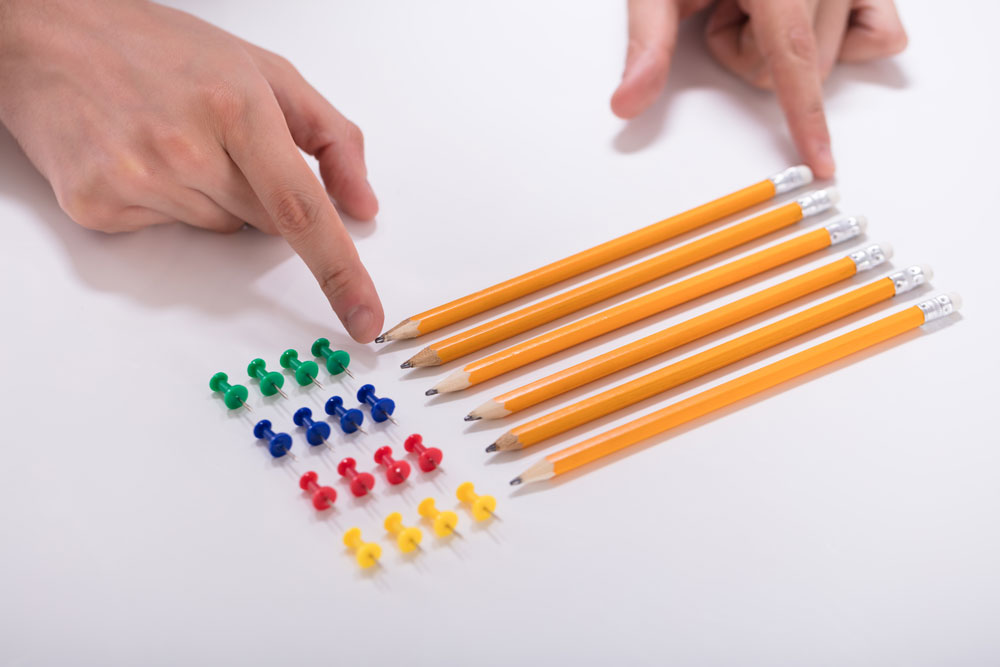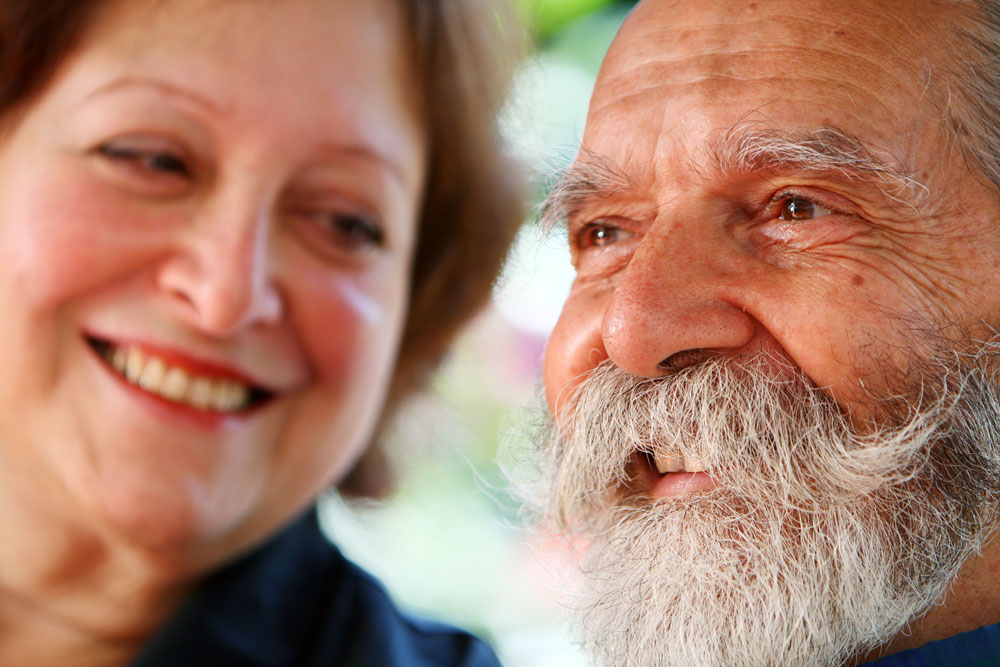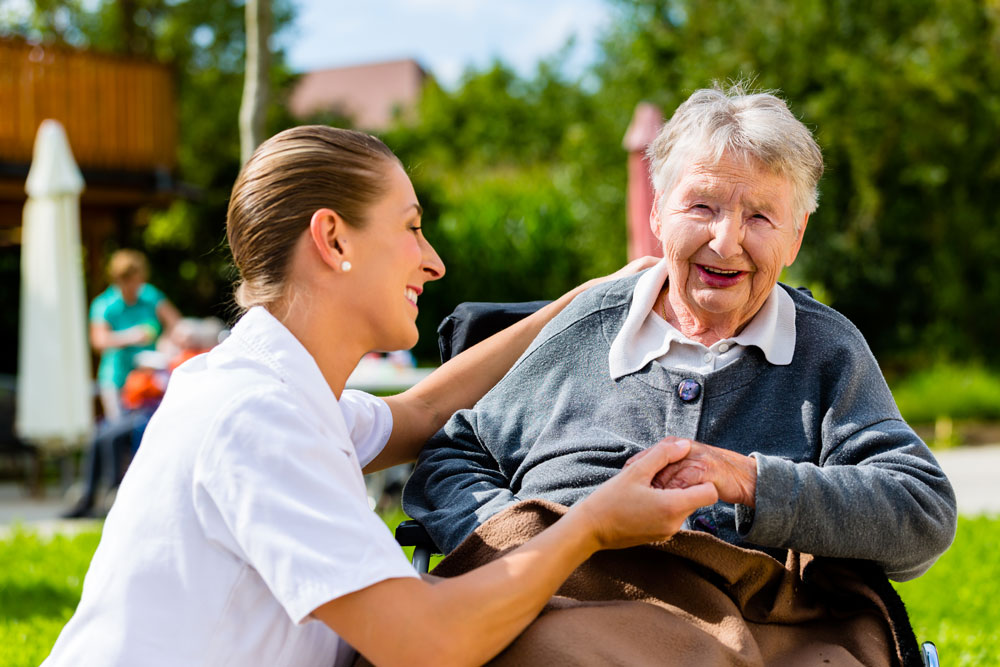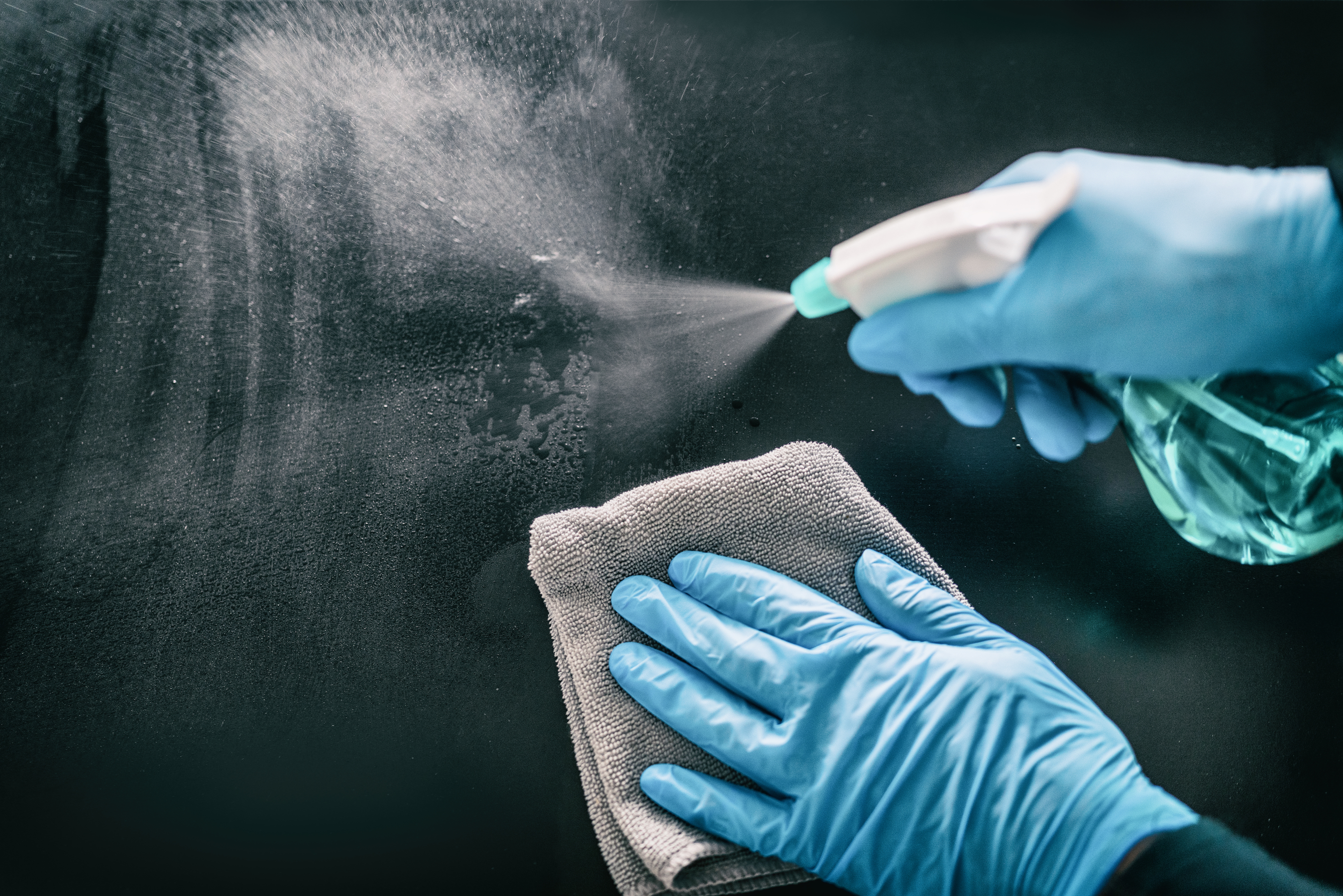Prevent contractures, maintain mobility and reduce discomfort
This text is translated with the support of AI and is related to Swedish conditions. I hope that it can inspire the development of care in other countries as well.
If one becomes bedridden and does not get to stretch their joints, it can lead to deformities in a short time. Preventing contractures in nursing homes is about being proactive, attentive, and engaged in preserving the mobility and well-being of the elderly. By following these preventive measures, we can contribute to making life in nursing homes more comfortable and active for our elderly citizens.
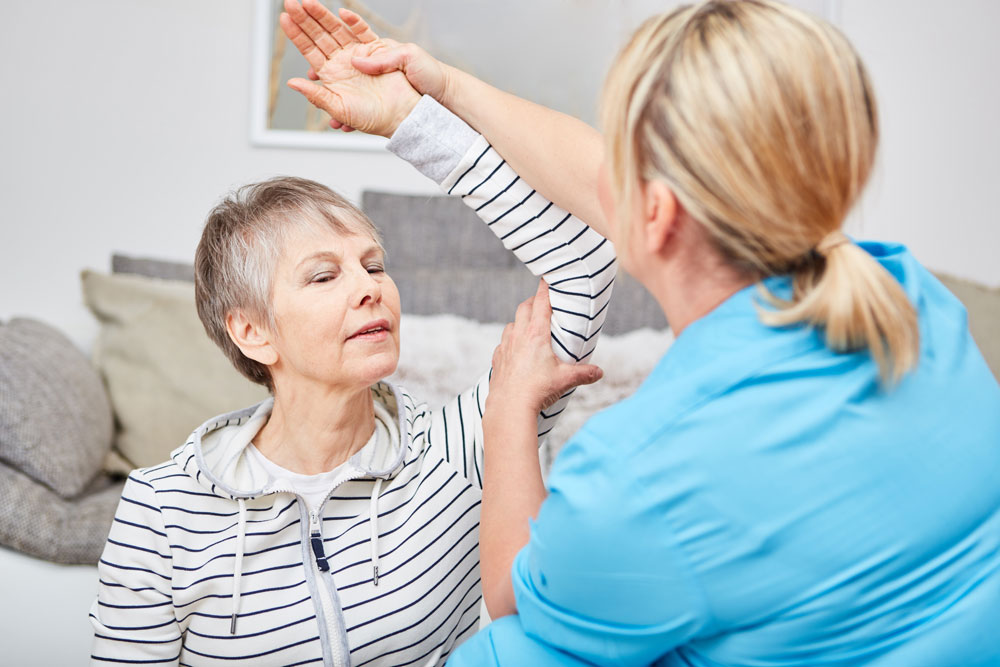 Foto: Mostphotos
Foto: MostphotosContractures mean malpositions in joints
Contractures, or lost mobility in the joints, are a problem that many elderly people face, especially those living in nursing homes. These conditions can be painful and significantly affect quality of life. But by understanding and actively preventing contractures, we can help the elderly retain their mobility and reduce the risk of this problem.
Contractures occur when a joint is not used normally. A contracture means that there have been malpositions in the joint. The connective tissue then becomes firmer and less elastic, the joint capsule becomes stiffer and the muscles shorter with a risk of malpositions. If there has been a malposition, the ability to use the joint, for example for walking, is impaired.
Movement and load are prerequisites for maintaining the function of muscles and skeleton. If a resident has an amputated lower leg, the impaired mobility means that it is harder to train to walk with a prosthesis. Residents who have had a stroke may have a reduced ability to stretch and bend their joints as a result of, for example, hemiplegia.
It is very important that the resident receives information and understands the importance of maintaining mobility in the joints and that contractures should be avoided. The staff at the nursing home also need instructions on how to help the resident maintain mobility and routines so that the task is performed. Often, it is good to have a signing list for the task that may need to be performed several times a day.
Correct use of aids can contribute to maintaining mobility
It is also possible to adapt the use of aids so that they help the resident naturally stretch out, for example, a remaining leg stump below the knee joint after amputation. Lying on the stomach for a while every day can help the resident stretch the hip flexors so that the mobility in the hips is maintained.
It is an important task to prevent unnecessary deterioration of the residents. Being able to maintain functions in the body and thus independence contributes to both mental and physical well-being. Sedentary behavior and immobility increase the risk of many disease conditions.
When the resident performs daily activities such as washing, dressing or moving, it becomes a natural training moment that helps to reduce the risk of both malpositions and other health problems. Well-adapted aids used correctly can also contribute to maintaining mobility. For those who are not active, there is a risk that self-esteem decreases and that confidence in being able to cope with everyday activities also decreases.
Reduced mobility in the joints can lead to other problems such as pain, fungus, and sores. Many elderly people are too sedentary, which in itself risks causing reduced mobility in the joints. They may therefore need to have movement training in everyday life even without previous amputation or stroke. For staff at the nursing home, it is therefore necessary to both motivate and help with movement training and contracture prophylaxis.
What is a contracture?
A contracture is a lost ability to move a joint in the body fully due to shortening of muscles, tendons, and other tissues. This can result in the joint being stuck in a certain position and can be painful or prevent normal movements.
Why are contractures common in the elderly?
There are several factors that can make older people more prone to developing contractures:
Decreased activity Many elderly people have a decreased level of activity, which can lead to muscles and joints becoming stiff and losing their mobility.
Limited movements Some diseases, such as arthritis or stroke, can lead to limited movement and increase the risk of contractures.
Long-term bed rest Elderly people who spend a long time in bed, for example due to illness, are at higher risk of developing contractures.
Preventive measures:
Preventing contractures is crucial for elderly care. Here are some important measures that can be taken:
Regular physical activity Using appropriate physical activity and exercises that stretch and strengthen muscles can prevent contractures and improve mobility.
Position changes Staff at nursing homes should be aware of the need to regularly change the position of the elderly, especially if they are bedridden or have difficulty moving.
Body position Make sure that the elderly are properly positioned in the chairs to avoid sitting in the wrong position for a long time.
Skin care Good skin care is important as pressure sores can lead to contractures. Regular inspection of the skin and preventive measures are necessary.
Prevent malnutrition A healthy diet that is rich in nutrients and protein helps maintain muscle function and reduces the risk of muscle atrophy.
Suitable equipment Using aids such as pillows or supports to keep joints in the right position can be preventative.
Education and awareness The staff should be well trained in identifying risk factors and taking appropriate measures to prevent contractures.
Reflection questions - contractures
Carestaff:
- Do you have good routines for movement training at the unit?
- Do you receive the supervision and further training you need to be able to perform contracture prophylaxis?
Manager, nurse, occupational therapist and physiotherapist:
- Do you have good routines for contracture prophylaxis and other movement training at the nursing home?
- How is adherence to prescriptions for contracture prophylaxis?
Resident and relatives:
- Do you make sure to keep your body in shape?
- Do occupational therapist and physiotherapist provide good instructions for keeping the joints going?
Erland Olsson
Head nurse
Sofrosyne
Better care every day

Aktuellt i media
- 2025-12-11 04:00 07 Riskhantering
- 2025-12-08 04:00 06 Dokumentation
- 2025-12-03 04:00 06 Dokumentation
- 2025-12-01 04:00 02 Värdegrund
- 2025-11-27 04:00 13 Hygien
-
2025-11-24 04:00
03 Ledarskap
Leadership and Development - Future Elderly Homes, Development Work for Better Care
info Foto: Mostphotos
Foto: Mostphotos

